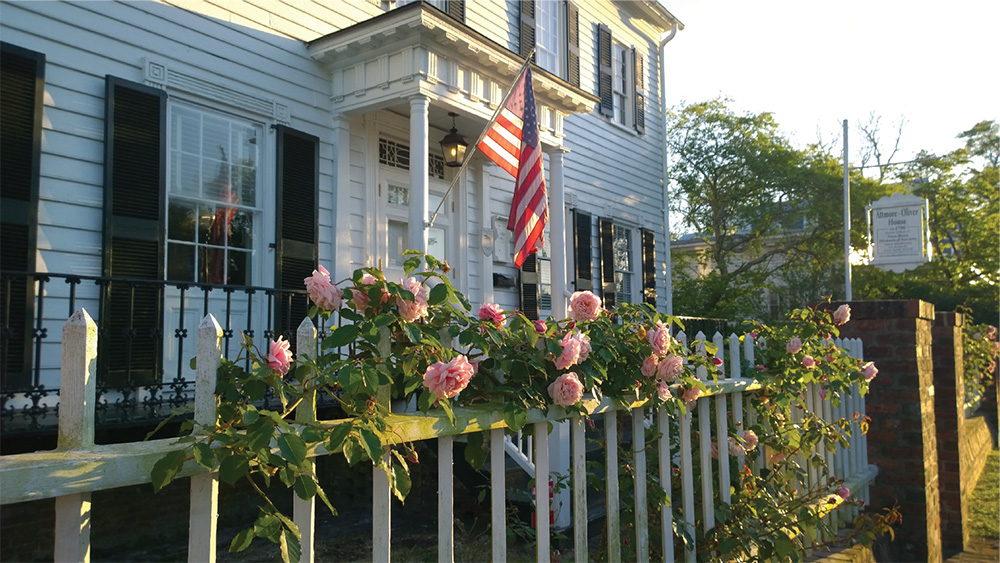This Month in New Bern History – June 2025
A Local Legend with a Global Past NBHS Historian/Claudia Houston New Bern has seen its fair share of ambitious dreamers, but few have left a mark quite like James Milton West. Born in Ohio in 1879, West was anything but ordinary. By the time he made New Bern his home in the 1920s, he had […]
This Month in New Bern History – June 2025 Read More »


